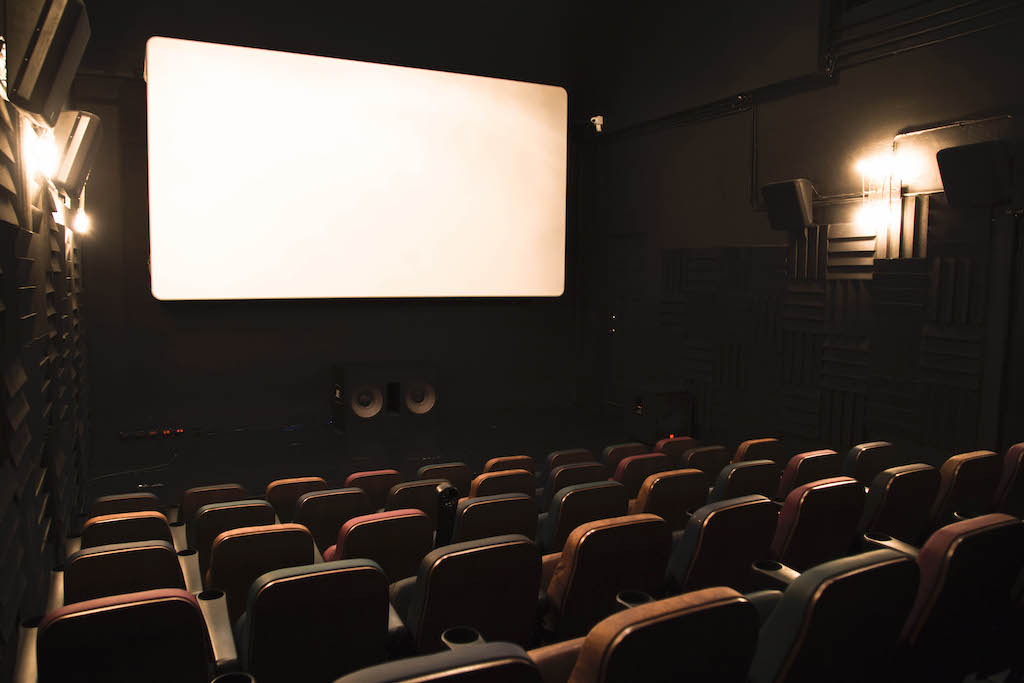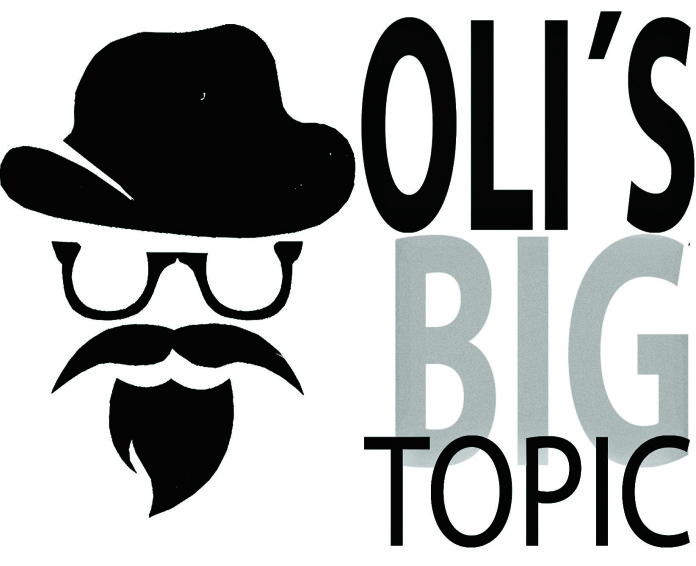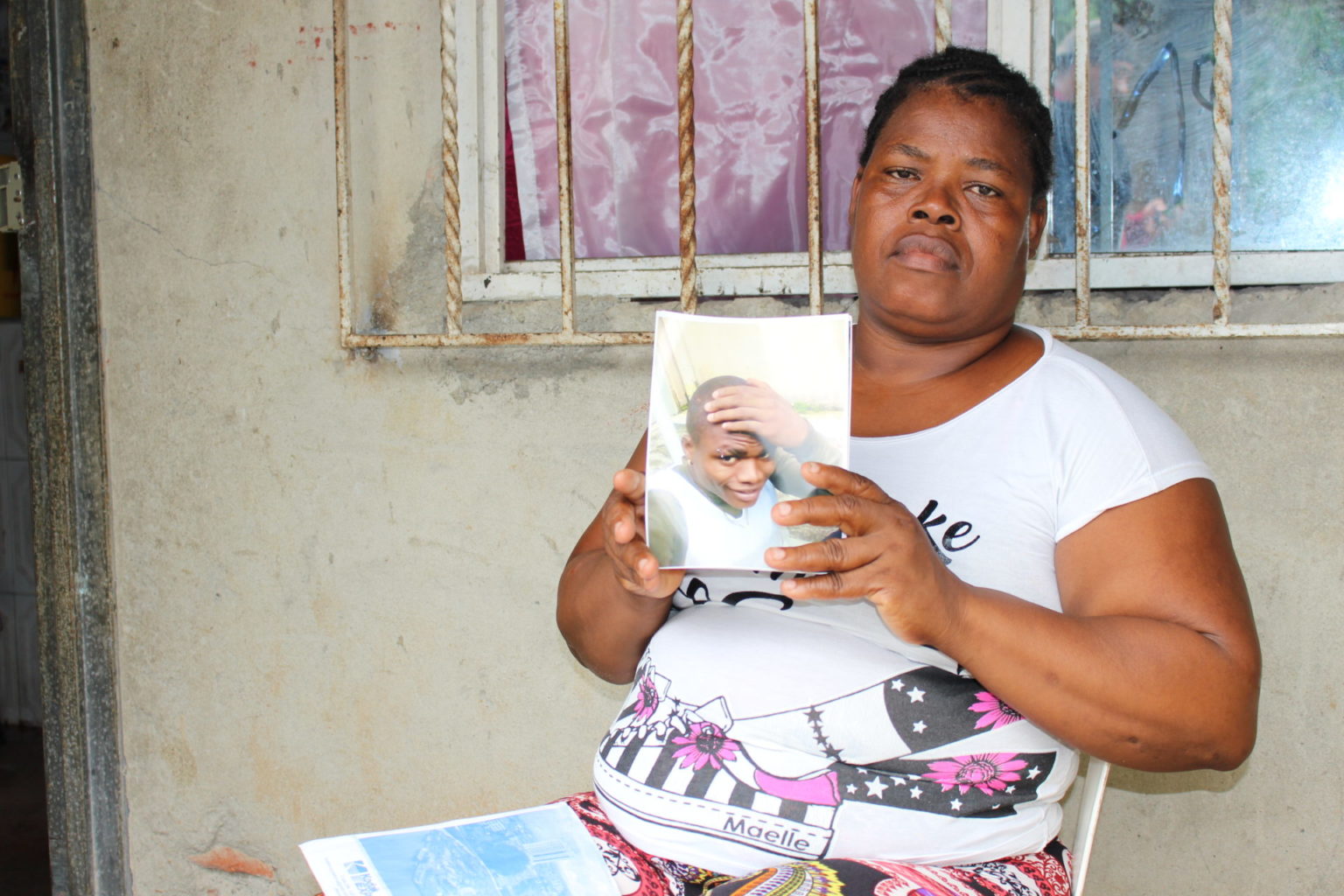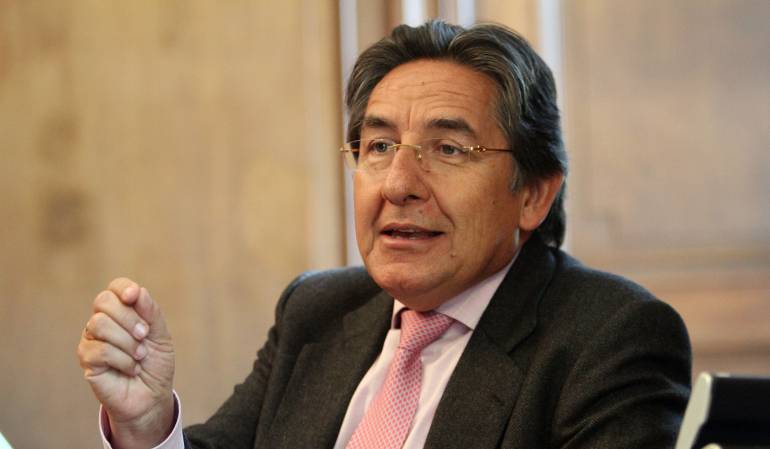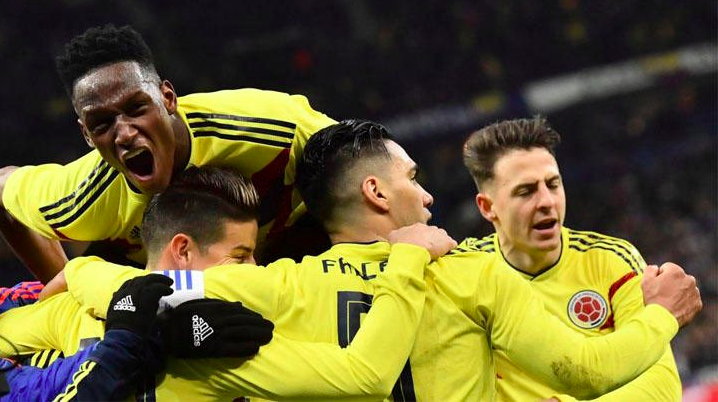As darkness falls, protests in Bogotá continue. Here’s what happened today.
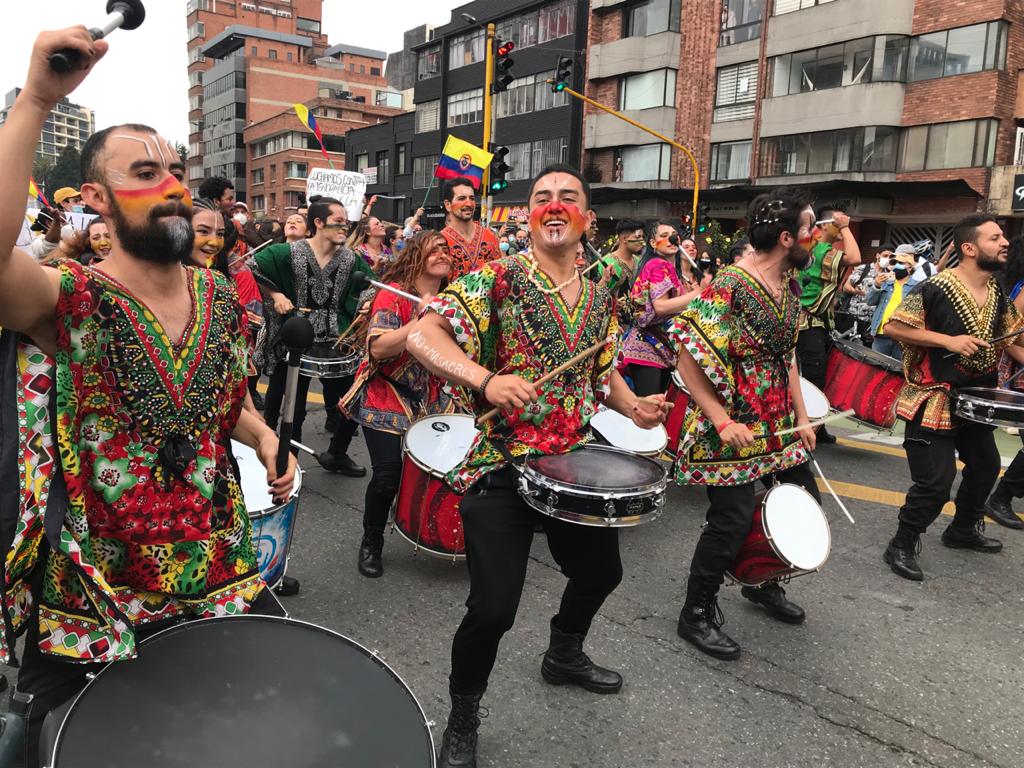
Today’s protests in Colombia passed mostly peacefully, though there were some violent clashes as the day wore on. The paro nacional, or national strike, saw students and workers take to the streets to protest various issues, chiefly the government’s unpopular tax reform.
In Bogotá, protestors blocked roads and prevented TransMilenio buses from running early doors. Only about 5% of TransMilenio stations were in operation for much of the day. And at lunchtime, Mayor Claudia López announced the whole service would stop at 5pm.
People gathered early in a number of points across the city. By mid-morning, the séptima was filled with people. Some wore masks and observed social distancing, but most did not.
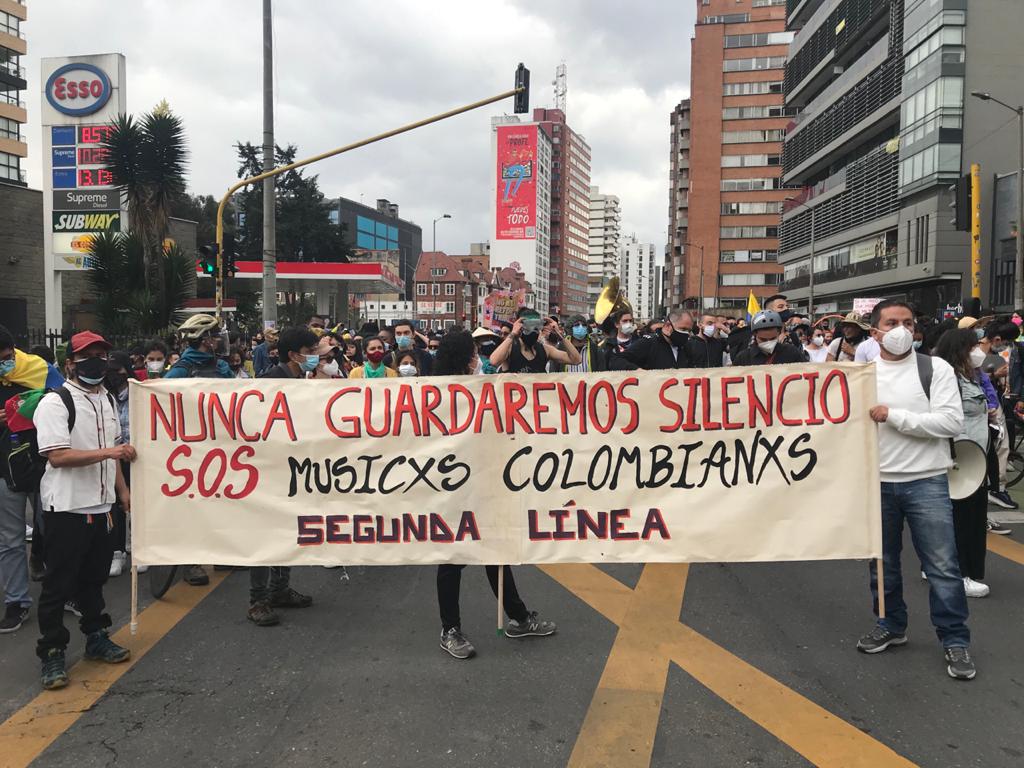
At lunchtime, heavy rain in the capital pretty much stopped play.
Countrywide protests
People mobilised throughout the country, in spite of COVID fears. Cali saw the most violence. Protesters pulled down a monument of Sebastián de Belalcázar (a Spanish conquistador), damaged buildings, and set fire to a DIAN office. Cali’s mayor told reporters that one person had died during the demonstrations, but it’s not yet clear what happened.
According to reports, protests in Barranquilla, Cartagena, Bucaramanga, Manizales, Neiva, Villavicencio, Cúcuta and other parts of the country were mostly peaceful. In Medellín, the demonstrations were strife-free to start with, but there were confrontations with ESMAD riot police by the end of the day.
Several cities — including Cali, Pasto, and Medellín — have introduced curfews.
Unfortunately, another protestor died in Neiva. The student, Juan Diego Perdomo Monroy, collapsed during protests in the city centre where there had previously been altercations with police. It’s not yet clear what happened. Some bystanders think it could have been an epileptic attack.
Why are people protesting? Ostensibly, the unpopular tax reforms, along with a number of other serious frustrations — from the progress of the peace process to environmental concerns. After a year of closures, job losses, financial struggles, for many Colombians, the tax reforms are rubbing salt in the wound. Moreover, it has provided a rallying cry and focus for people’s COVID anger.
Clashes with ESMAD
Back in Bogotá, by 2pm — the time the mayor suggested people head home — Plaza Bolívar was full.
And by mid-afternoon, there were reports of violent clashes with ESMAD. In the city centre, protestors set fire to a police motorbike and riot police used tear gas to disperse the crowds. Police prevented more people from entering Plaza Bolívar and further disturbances took place in the Parque de los Periodistas and by the Museo del Oro.
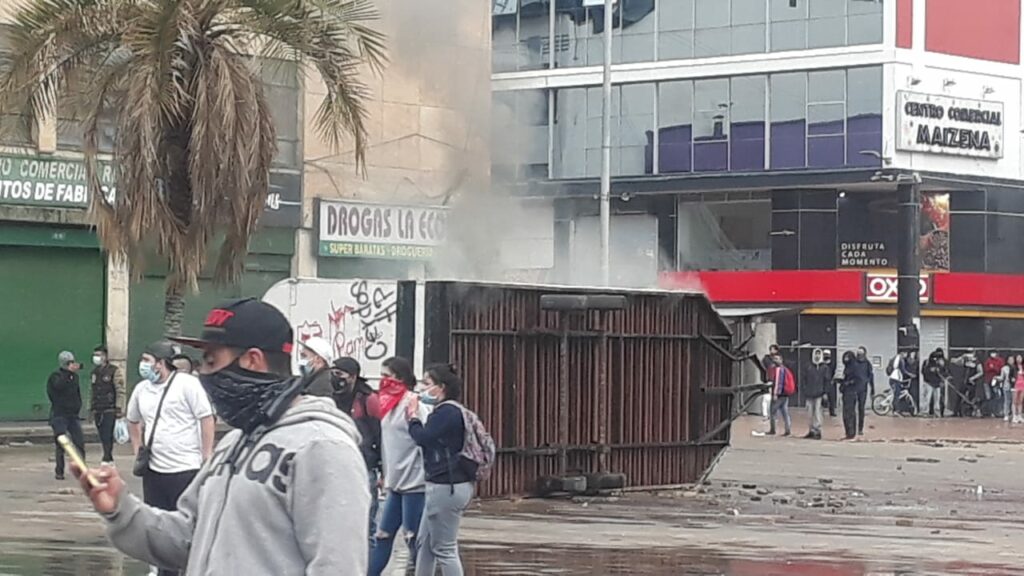
In Kennedy, the RCN building was attacked by various protestors, with missiles flying in both directions in running battles along to the Banderas monument. Similar scenes unfolded in several parts of the capital, with violence reported in Suba, Héroes, Banderas, Campín, and in the north exits of the city. The mayor of Soacha also declared a 6pm curfew.
With no TransMilenio and many roads closed or affected, hundreds of people had to walk home, all trying to get back before the 8pm COVID curfew. Occasional shots still ring out and groups of both police and protestors still roam the streets. Now, as darkness — and more rain — falls, we wait to see if either can calm tensions. And whether protests will continue tomorrow.

